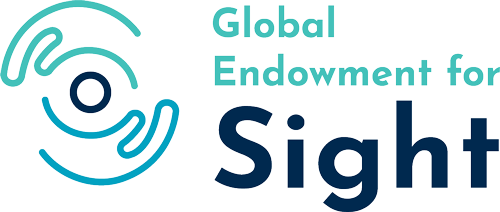In recent years, a quiet revolution has been unfolding in healthcare diagnostics. Behind the scenes, artificial intelligence (AI) has been steadily improving the accuracy and speed of medical diagnoses, helping doctors make more informed decisions and patients receive better care. From analyzing complex medical images to identifying subtle patterns in patient data, AI systems are increasingly being relied upon to support healthcare professionals.
AI, particularly machine learning and deep learning, has become integral to modern healthcare. AI systems can identify patterns that may elude human clinicians, by analyzing vast amounts of data. This leads to more accurate diagnoses and personalized treatment plans. AI technology is improving diagnostic accuracy and speeding up the process, enabling healthcare providers to focus on patient care rather than data analysis.
One of the most important aspects of AI in healthcare is its ability to improve diagnostic accuracy.
AI’s ability to process large datasets quickly and accurately also aids in the early detection of diseases. Machine learning models can identify early signs of conditions, including heart disease and cancer, enabling timely interventions that improve patient outcomes. This early detection capability is crucial in managing chronic diseases, where timely intervention can delay or even reverse disease progression.
In radiology, AI algorithms can analyze medical images like X-rays, CT scans, and MRIs with remarkable precision. AI systems have been shown to detect lung cancer nodules in CT scans and identify pneumonia in chest X-rays more effectively than human radiologists. In breast cancer diagnosis, AI models analyzing mammograms have improved the positive predictive value by up to 10% compared to traditional methods.
Another benefit of AI in healthcare is its ability to streamline diagnostic workflows. Automated systems can analyze medical images and data much faster than human clinicians, freeing up time for more complex tasks and improving patient throughput. For example, AI algorithms can flag critical findings in imaging scans, ensuring that radiologists prioritize potentially life-threatening conditions first.
AI is also driving the shift towards personalized medicine by tailoring treatments based on individual patient data.
AI systems can predict how patients will respond to different treatments, enabling clinicians to develop more effective care plans by analyzing genetic profiles, medical histories, and lifestyle data. This personalized approach not only improves treatment efficacy but also reduces side effects and enhances patient satisfaction.
And AI in Eye Care?
AI is used in ophthalmology to improve diagnostic accuracy and accessibility. Advanced AI algorithms can analyze retinal images to identify subtle changes associated with diseases like diabetic retinopathy and age-related macular degeneration (AMD). Early detection of AMD is crucial, as timely interventions can slow disease progression and preserve vision. These systems can detect lesions and quantify disease severity from both color fundus and optical coherence tomography (OCT) images, enabling early intervention and potentially preserving vision.
Systems like IDx-DR and Eyenuk’s EyeArt have received FDA clearance for autonomous detection of referable diabetic retinopathy, demonstrating AI’s potential in routine screenings. These AI-powered tools can quickly process large volumes of retinal images, reducing the burden on ophthalmologists and improving screening coverage.
As AI continues to make its mark on healthcare diagnostics, its effect is becoming increasingly evident.
Behind the scenes, AI systems are hard at work analyzing medical images, identifying subtle patterns in patient data, and supporting healthcare professionals in their critical work. The results are clear: more accurate diagnoses, faster treatment decisions, and better patient outcomes. In eye care, AI is particularly effective, helping to detect diseases like diabetic retinopathy and age-related macular degeneration at their earliest stages. As this technology continues to evolve, it promises to reshape the future of healthcare, delivering more personalized, efficient, and effective care to patients around the world.

